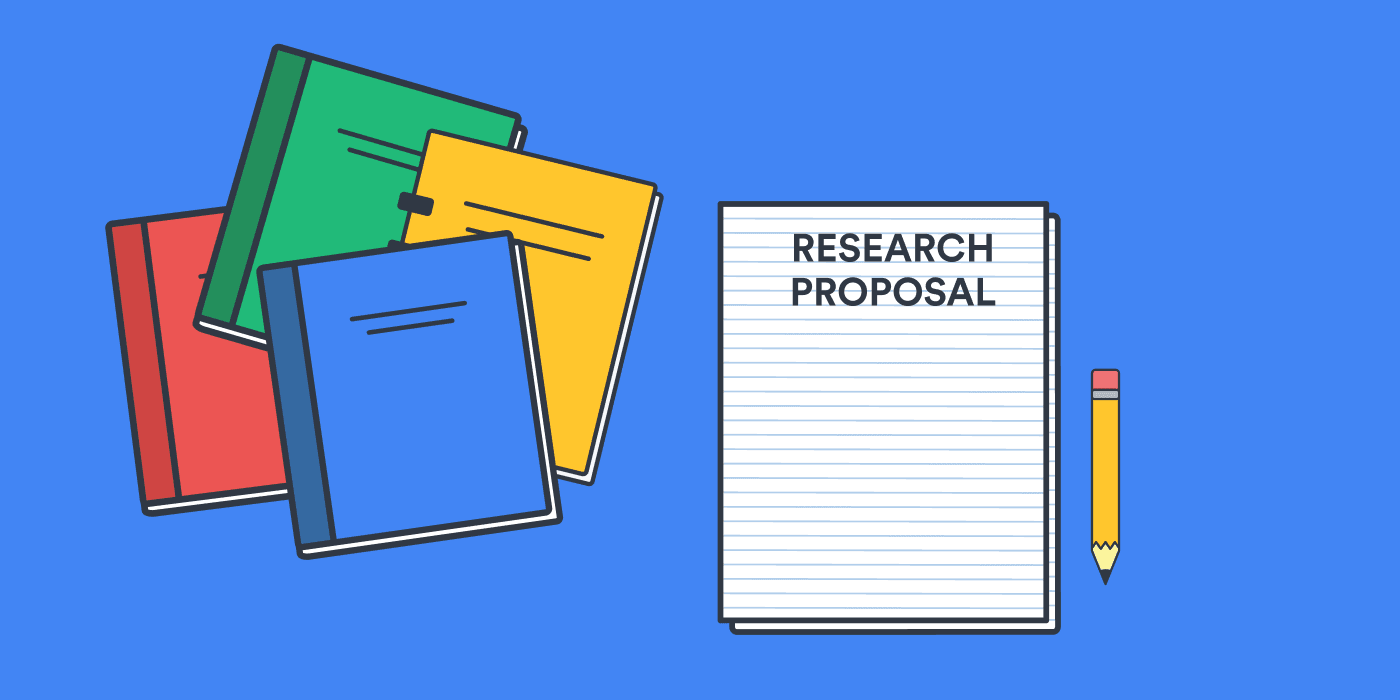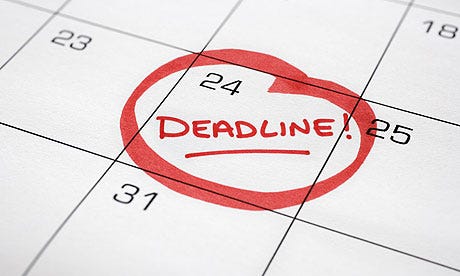 Grants, especially from federal funders, provide an important source of support for advancing scientific and public health research. For example, within the US, federal grants are the second-largest source of research and development dollars, after private businesses (before the 1980s, federal funds were the largest share). Yet, you are probably also intensely aware that there is a lot of competition for these awards, leading to a stressful, sometimes fraught path that may or may not end in success.
Grants, especially from federal funders, provide an important source of support for advancing scientific and public health research. For example, within the US, federal grants are the second-largest source of research and development dollars, after private businesses (before the 1980s, federal funds were the largest share). Yet, you are probably also intensely aware that there is a lot of competition for these awards, leading to a stressful, sometimes fraught path that may or may not end in success.
 One of our goals, as consultants who train and advise grant applicants, is to reduce the stress inherent in this process by 1) helping them to approach the grant-seeking process strategically, and 2) equipping them with knowledge and skills that remove the mystique and improve their self-efficacy (thereby enhancing the chance of success).
One of our goals, as consultants who train and advise grant applicants, is to reduce the stress inherent in this process by 1) helping them to approach the grant-seeking process strategically, and 2) equipping them with knowledge and skills that remove the mystique and improve their self-efficacy (thereby enhancing the chance of success).
Combined with some practical tips to shepherd an application from idea to submission, these perspectives often produce a shift that reduces their time investments, related to both the amount of time/effort needed to submit multiple applications and the time to first award.
To help initiate some of these shifts for you, here we’ll walk you through some of the practical tips on preparing a compelling grant application, no matter the funder or application type.
1. Start Early: Writing a grant application—especially if it’s a new idea or a new type of application that you haven’t done before—is a time-consuming process that requires careful planning and revision. We always recommend starting well ahead of the due date, but how far ahead might vary depending on
-
- the type of application, and
- an individual’s tolerance for stress.
For example, if you’re targeting an NIH R01 or an NSF CAREER award, these are substantial applications that typically require solid preliminary data and clear plans for success. At the least it is important to begin conceptualizing the application 6 months or more before the deadline.
For some, 4-6 months before is a reasonable time to begin drafting, starting with the research objectives or aims. This doesn’t necessarily mean that the applicant will be writing consistently for that entire period—the drafting process should be iterative, with plenty of thinking time to help the ideas take shape. Undertaking the writing several months before the submission deadline gives you time to draft, receive feedback, add more data and/or make revisions, and finalize your application.
Starting early allows you to avoid the stress of a last-minute scramble and creates space to for a polished and well-crafted application.

2. Create a Plan and Set Your Own Deadline: To stay on track and avoid procrastination, impose your own deadline that precedes your institution’s deadline and/or the funding organization’s submission deadline by a few weeks. This internal deadline provides a buffer for unexpected delays and allows you to make any necessary revisions before the final submission. Working backwards from your deadline, break down the writing process into manageable tasks. Set mini deadlines for each stage of the process to keep yourself accountable.
3. Choose Your Angle: When framing your grant proposal, choose an angle that aligns with the mission statement and priorities of the funding organization and funding opportunity. Consider how your research addresses a pressing problem or fills a gap in knowledge within your field. Tailor your proposal to highlight the significance and relevance of your research in addressing the objectives of the organization and funding opportunity.
4. Research the Funding Organization: Doing Step 3 above requires a bit of insight to what the funder wants. Take the time to thoroughly research the funding organization to gain a deeper understanding of their priorities, funding criteria, and review process. Start by exploring their website and reading through their funding guidelines and application instructions. Look for past grant recipients and funded projects to get a sense of the types of research they support. US federal funders provide a lot of information and transparency into their process, but applicants can find it difficult to parse the info and understand what is important. Seek guidance if this is a challenge.
5. Contact the Funding Organization: Reach out to the funding organization and request to speak with a grant officer or program manager. Prepare a list of questions to ask about their funding criteria, review process, and any specific requirements for your application, including eligibility, fit, etc. Building a rapport with the funding organization can provide valuable insights and guidance as you prepare your grant proposal, and can serve you long into the future as you continue building a grants portfolio.
6. Tell a Compelling Story: Craft your grant proposal as a compelling narrative that engages the reader from start to finish. Use the basic elements of storytelling—problem, solution, and happily ever after (benefit/impact)—to structure your narrative. Clearly articulate the problem or research question you aim to address, propose an innovative solution or approach, and describe the outcomes and potential impacts of your research.
 7. Emphasize Your Experience: Highlight your experience and expertise in your grant proposal to inspire trust and confidence in your research team. Showcase your team’s collective skills, qualifications, and related experience that demonstrate your capacity to successfully execute the proposed research project. Provide evidence of past achievements, publications, and collaborations to strengthen your credibility as a researcher.
7. Emphasize Your Experience: Highlight your experience and expertise in your grant proposal to inspire trust and confidence in your research team. Showcase your team’s collective skills, qualifications, and related experience that demonstrate your capacity to successfully execute the proposed research project. Provide evidence of past achievements, publications, and collaborations to strengthen your credibility as a researcher.
8. Prepare a Detailed Budget: Budgets typically are not part of the scored review metrics, but they do provide an important window into 1) how feasible your plan is based on the way costs are structured and 2) how prepared the team is to successfully manage the funds. Develop a straightforward and realistic budget for your grant application, in line with what is needed for the work to be successful. Where required, clearly justify the expenses and resources needed to conduct your research, including personnel, equipment, supplies, and travel expenses. Be transparent and thorough in your budget justification to demonstrate fiscal responsibility and accountability.
9. Make Your Proposal Easy to Read: Grant reviewers often sift through dozens of proposals, so make yours easy to read and navigate. Use clear and concise language, avoid jargon and technical terms, and organize your proposal with headings, subheadings, and bullet points for easy scanning. Break up dense text with visuals such as tables, graphs, and figures to illustrate key points and data.
10. Embrace the Supporting Documentation as Another Opportunity to Showcase Your Ideas: Many applications require a number of supporting sections beyond the technical narrative. Follow instructions carefully, but where allowed you can leverage these sections as opportunities to reinforce
-
- the significance of the research (e.g., in abstracts, biosketches, letters of support, vertebrate animals or human subjects documentation)
- the suitability of the investigative team (e.g., budget justification, biosketches)
- access to tools/resources/expertise (e.g., biosketches, equipment, facilities, environment)
Tailor each of these components to every application—don’t send boilerplate text without modifying it for best effect.

Above all, remember that—like with any skill—preparing a compelling grant application takes practice. Doing is essential to improving, and receiving guidance and feedback along the way can enhance the speed at which improvement occurs.
